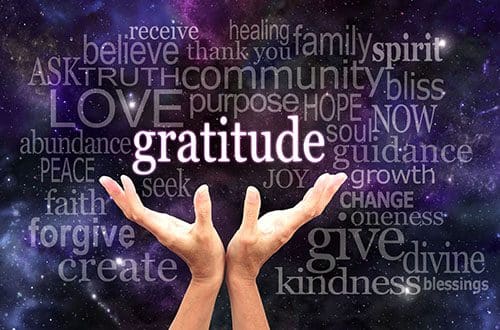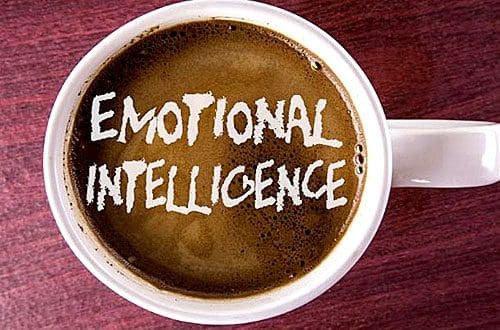Breathworks & Meditation
Breathworks refers to breathing exercises or techniques; people often perform them to improve mental, physical, and spiritual well-being. During Breathworks and Mindful Meditation, you intentionally change your breathing pattern. For example, a deep belly breath, despite its simplicity, can be profound. Of course, we’ve always been familiar with the power of our breath—there’s a reason the advice is to “take deep breaths” when we feel overwhelmed or stressed out, and virtually every yoga practice recognizes the importance of balanced breath. But Breathworks and Mindful Meditation has become so much more than a simple inhale-exhale. It is quickly becoming a go-to method of clearing negative thoughts and balancing energy while promoting deep relaxation.

Breathworks refers to breathing exercises or techniques; people often perform them to improve mental, physical, and spiritual well-being. During Breathworks, you intentionally change your breathing pattern. A deep belly breath, despite its simplicity, can be profound. We’ve always been familiar with the power of our breath—there’s a reason the advice is to “take deep breaths” when we feel overwhelmed or stressed out, and virtually every yoga practice recognizes the importance of balanced breath. But Breathworks has become so much more than a simple inhale-exhale. It is quickly becoming a go-to method of clearing negative thoughts and balancing energy while promoting deep relaxation.
We offer a variety of types of Breathworks and Mindful Meditation Groups including
- Mindful Meditation
- Transcendental Meditation
- Yoga
- Sound Baths
- Breathworks

A Sound Bath is a deeply immersive, full-body listening practice that purposely uses sound to invite soothing yet powerful therapeutic and restorative methods to nourish the mind and body.
The experience begins with each person lying down or seated in a comfortable position. After a few minutes of guided focus on the breath, the room is filled with different sounds and frequencies which are introduced in succession. Sounds are created by various overtone-emitting instruments, including tuning forks and crystal singing bowls, chimes, and voice.

Clients commonly have injuries, chronic stressors, and trauma in their shoulders, hips, back, and neck. Our Team works to make the fascia more flexible by breaking down scar tissue, adhesions, and underlying causes of pain and inflammation through Mind/Body Balance Techniques and Corrective Exercise.
- Repatterning old behaviors / Mind/Body Balance
- Tailored nutrition program to help reduce inflammation
- Assessment Tracking – Analysis of imbalances, chronic stressors, and injuries in the body
- Designed program to determine reconstructive techniques and corrective exercise to lay a solid foundation in the body

Gratitude is a significant part of relapse prevention because it helps people to feel positive emotions and relish good experiences. It also improves their health, mentally, physically, and emotionally.
What is Gratitude?
Gratitude is a thankful appreciation for what an individual receives, whether tangible or intangible, but it’s not just Gratitude; it’s the WHY behind the Gratitude that allows us to grow. In this program, we will determine which negative believes may exist, and we will develop self-talk and strategies on how to shift into a mindset of gratitude.

Emotional Fitness is the key to managing your life-force energy, but how do we do that? We first need to retrain the brain and determine what drains your energy. Many thoughts and emotions threaten to suck the life-force right out of us, and then we wonder why we cannot manage our lives.
As a result, many have struggled, filling their lives with addictions, including food, alcohol, drugs, workaholism, and sex, all of which impact their health. In many cases, these addictions lead to self-destructive behaviors, creating painful lives in addition to destroying some of the closest relationships around them. There is an epidemic of people running away from anything that causes them to face the truth; they are running from their inner demons. I call these inner demons Big Emotions.
What keeps people stuck in this vicious cycle and causes them and their loved ones to suffer? It is a survival mode that stems from childhood, especially for those who had to step up as children and take responsibility. There was a past pain, a hurt that they now spend their lives trying to avoid. As a result, they stay stuck in a Belief System based on a story they assigned meaning to. They unconsciously hold on to the negative energy of their past; they can’t let it go because they don’t even know it’s there. These survival skills have worked for many people for a very long time. However, this survival mode which has helped them in the past comes at a high cost, and it is the very thing killing them softly. Or, sometimes, not so softly.
The pain of the life-lie keeps the central nervous system on high alert and causes people to stay stuck in a vicious reptilian-brain cycle that never allows the mind to rest. Thus, many people (at least 15% of the population) suffer from addictions and severe depression. In addition, they experience mental disorders like PTSD and anxiety. If they had allowed themselves to release the past and added self-care into their lives, they would have been able to heal, create new lives, and sustain themselves for the long haul.
Why did this loss happen? In many cases, there was an underlying feeling of shame. This is why they pursued such extremes, trying to run from the pain of their past and struggling to fill that unfillable, gaping hole in their hearts. There is, however, a simple solution. It’s called feeling those Big Emotions. When people will themselves to turn around and face their feelings, especially the ones they have been running from their whole lives, what they will usually find is that Emotions Are Just Energy, and those emotions will usually fade away within five to ten minutes; this is called Collapsing an Emotion.

